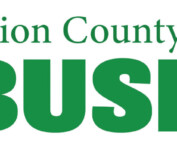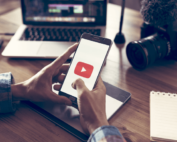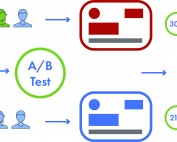Upcycling content can help small businesses stretch their marketing resources.
We’re not going to sugar-coat it: creating quality marketing content requires time and money. But upcycling content is one strategy that can allow marketing departments to stretch their available resources for content creation. Upcycling content takes elements of your original content and develops them to work across a variety of platforms. Let’s explore an example: You’re a small real estate company and your most popular recent blog post explores how home renovation projects can improve resale value. Upcycling this content into a podcast format will bring the topic to a new audience and provide for a more in-depth conversation- perhaps bringing in the perspective of local contractors or the personal stories from realtors or clients.
There are many benefits to upcycling content including:
- Speed– By capitalizing on preexisting topics, expertise, and assets, marketers can move quickly.
- Consistency– Upcycling content can help reinforce brand consistency across multiple platforms.
- Dive Deep– Re-visiting existing content can allow content creators to explore the topic in a deeper way.
Upcycle. Don’t Recycle
Recycling may be great for the environment but not for your marketing strategy. The key difference is that upcycling should add something NEW to your existing content; that will increase its value. One method is to explore part of the original content in-depth. For instance, if your original content piece is about image curation, an upcycled piece could explore the sub-topic of stock image curation in greater detail. Upcycling content can also provide alternative viewpoints on an existing topic, giving the audience a fresh perspective. For instance, that content piece on image curation could be upcycled into a content piece that explores the pros and cons of image curation vs. image creation.
Choose Wisely
Not all content is suitable for upcycling. Poorly crafted or uncompelling original content will leave you with unsuccessful upcycled content. To find the best candidates for a successful upcycling campaign, look for pieces that have room to grow and the capacity to appeal to audiences across all of your intended publishing platforms. And consider choosing content that will have a long shelf-life. A good starting point is to review your most popular posts.
Consider New Formats
Remember that upcycling content should result in new and uniquely valuable content. Choosing a new format is often an effective strategy to both add information and alter how that information is presented. For example, a blog post can be developed into an infographic, an infographic can be developed into a video, or a video to a podcast.
Upcycling content may not sound ‘original’, but it’s a clever and effective addition to your marketing strategy. It takes your existing content and message, refreshes it, offers a new perspective, and doesn’t require a whole lot of time or resources to implement. Just remember to focus on adding value to each project and you should be off to a great start.









